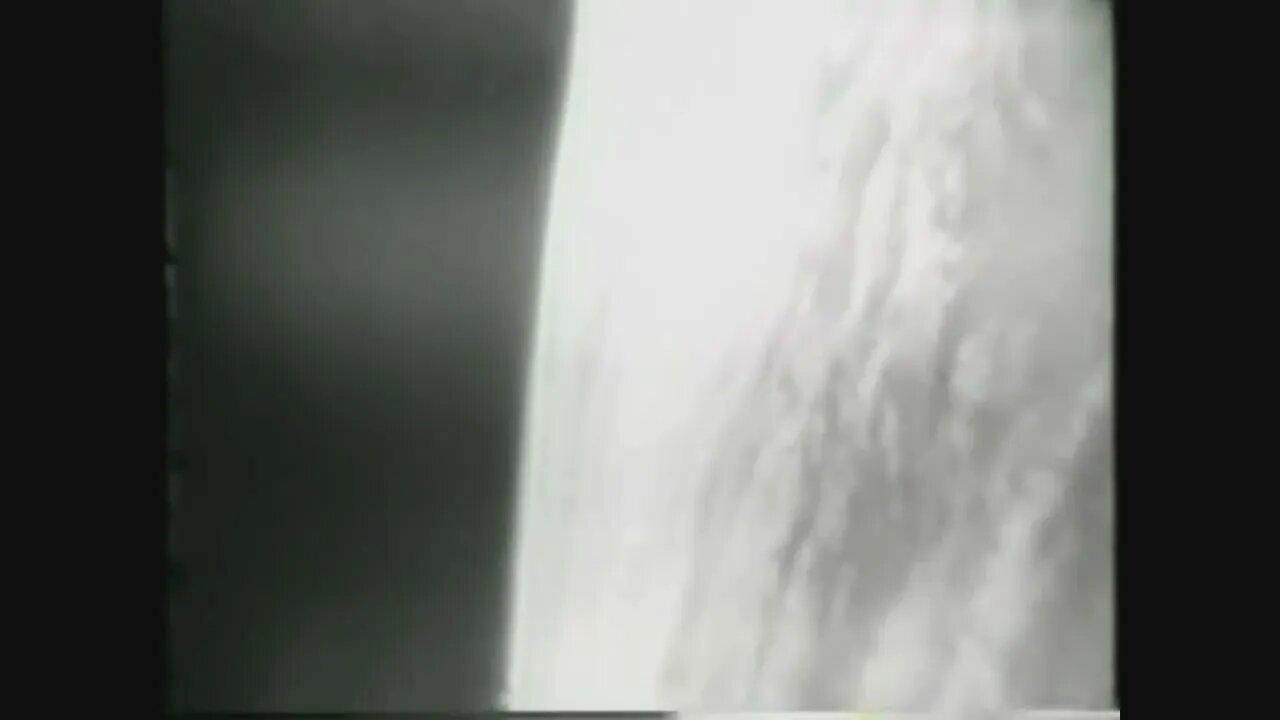Premium Only Content

NASA Echo II Launch 1964 12 Unidentified Flying Objects in 60 seconds
In 1964, NASA successfully launched Echo II, a significant milestone in the field of satellite communications. Echo II was an inflatable satellite with a diameter of approximately 41 meters (135 feet) when fully deployed. Its primary purpose was to serve as a passive reflector of radio signals.
Constructed from a lightweight polyester film coated with a reflective aluminum surface, Echo II was essentially a large, hollow sphere. It had a thickness of only a few micrometers, making it extremely thin and lightweight. Prior to launch, the satellite was compacted and stowed inside the payload fairing of the Thor-Delta rocket.
On January 25, 1964, the Thor-Delta rocket carrying Echo II lifted off from Launch Complex 17B at the Cape Canaveral Air Force Station in Florida. Once in space, the rocket released the satellite, allowing it to inflate and take its spherical shape. This inflatable design was chosen to minimize weight and maximize the surface area available for reflecting signals.
Echo II served as a passive communications relay, bouncing radio signals off its reflective surface to facilitate long-distance communication. By transmitting signals toward the satellite, ground-based stations could have them reflected back to a different location on Earth, effectively extending the range of communication beyond line-of-sight limitations.
The satellite's successful deployment and operation demonstrated the feasibility of using passive satellites for global communications. It proved that large, inflatable structures could be deployed and maintained in space, opening up possibilities for future satellite designs. The Echo II mission contributed valuable knowledge and laid the foundation for the development of active communication satellites that would later revolutionize global communications.
The Echo II satellite remained in orbit for several years, gradually losing altitude due to atmospheric drag. Eventually, in 1969, it re-entered Earth's atmosphere and burned up upon re-entry, safely disposing of the satellite.
Overall, the launch of NASA's Echo II satellite in 1964 marked an important step forward in satellite communications technology, demonstrating the effectiveness of large, inflatable satellites as passive reflectors of radio signals and paving the way for further advancements in global communication systems.
-
 0:05
0:05
The Relaxation Zone
2 years ago $0.11 earned00244=32902=32902=32902
1.62K -
 LIVE
LIVE
Flyover Conservatives
20 hours agoWARNING! October 7th Unpacked and Exposed: What REALLY Happened?; GEN Z BACKS HAMAS?! - Hannah Faulkner | FOC Show
387 watching -
 LIVE
LIVE
Barry Cunningham
2 hours agoPRESIDENT TRUMP IS BRINGING THE RECKONING TO THE DEEP STATE!
2,127 watching -
 LIVE
LIVE
Sarah Westall
2 hours agoSuperhuman Hearing of the Matrix: Reality is Different w/ Sharry Edwards
219 watching -
 LIVE
LIVE
LFA TV
23 hours agoLIVE & BREAKING NEWS! | TUESDAY 10/7/25
586 watching -
 30:00
30:00
BEK TV
6 days agoGUT HEALTH AND THE POWER OF KIMCHI WITH KIM BRIGHT ON TRENT ON THE LOOS
106K9 -

Stephen Gardner
1 hour ago🔥BOMBSHELL: Trump's NEW REPORT Catches Democrats Red-Handed!
7.24K3 -
 10:20
10:20
Ken LaCorte: Elephants in Rooms
6 hours agoWhen does a fetus become a baby?
3.21K4 -
 1:40:39
1:40:39
Glenn Greenwald
5 hours agoPam Bondi's Malicious Ineptitude on Full Display During Senate Hearing; Pro-Spying Senators Complain About Being Surveilled; What New Candace/Charlie Kirk Messages Reveal | SYSTEM UPDATE #528
88.3K85 -
 LIVE
LIVE
SpartakusLIVE
3 hours agoPREPARE to have your Frontal Lobe SEARED with MIND BENDING Content
173 watching
